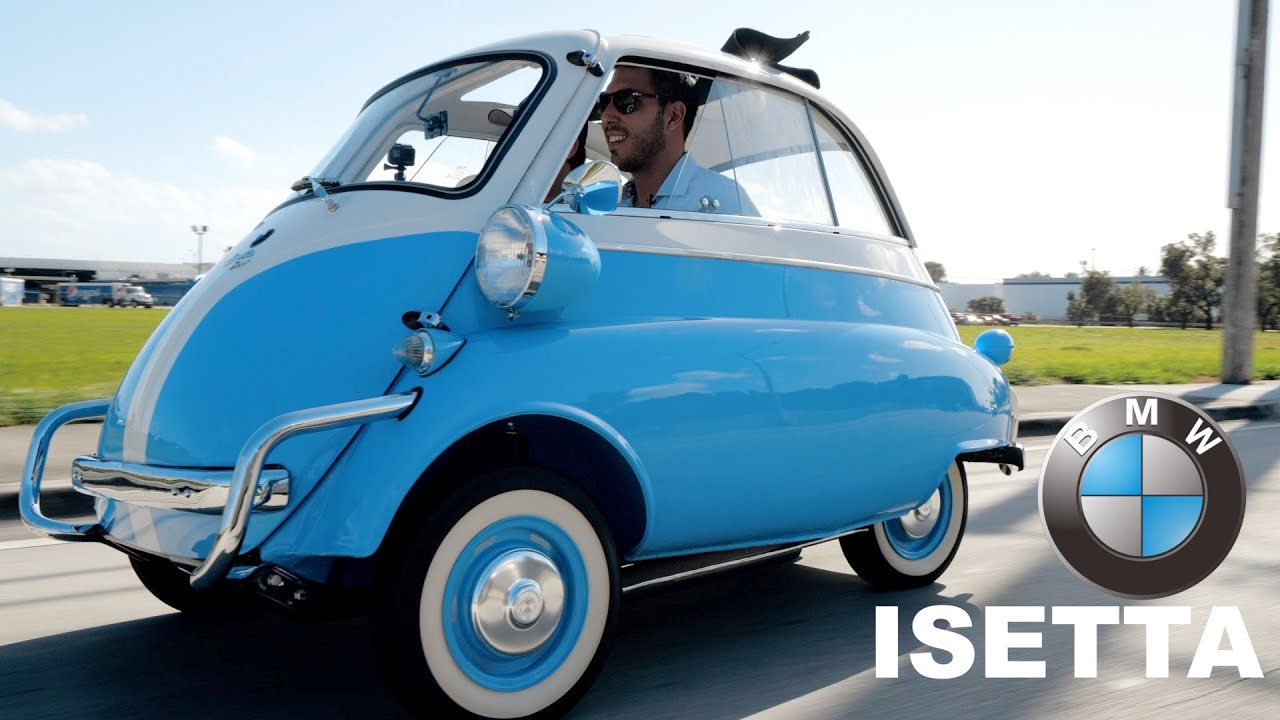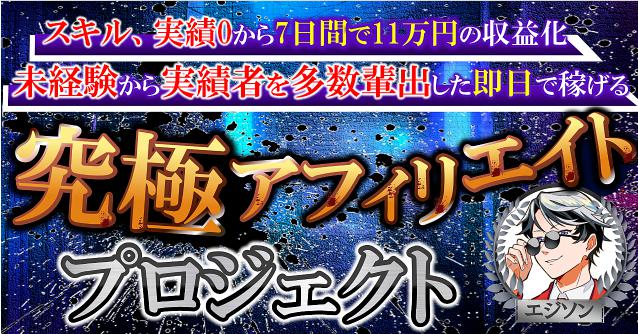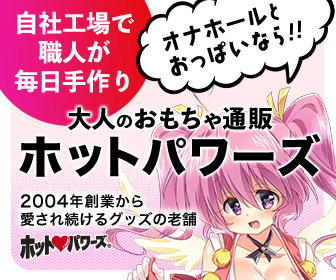
@thebarnmiami @gastonrossato @renzorossato
S5:E1
The 1957 BMW Isetta 300. The Italian German car that saved the automaker! We're looking at a U.S. model that undergone a full nut and bolt restoration. It's our 1st time behind the wheel of an Isetta....what a blast! The original design for this car belongs to the Italian automaker Iso., but also a refrigerator maker! (see any resemblance?) Unfortunately this car is not available for sale, but if you have any specific questions or need automotive advise we are only a click away. All links down below.
Isetta written description provided by Wikipedia:
The Isetta is an Italian-designed microcar built under license in a number of different countries, including Argentina, Spain, Belgium, France, Brazil, Germany, and the United Kingdom.[7] Because of its egg shape and bubble-like windows, it became known as a bubble car, a name also given to other similar vehicles.
In 1955, the BMW Isetta became the world's first mass-production car to achieve a fuel consumption of 3 L/100 km (94 mpg‑imp; 78 mpg‑US). It was the top-selling single-cylinder car in the world, with 161,728 units sold.
The car originated with the Italian firm of Iso SpA. In the early 1950s the company was building refrigerators, motor scooters and small three-wheeled trucks. Iso's owner, Renzo Rivolta, decided to build a small car for mass distribution.[10] By 1952 the engineers Ermenegildo Preti[11] and Pierluigi Raggi had designed a small car that used the motorcycle engine of the Iso Moto 200 and named it Isetta—an Italian diminutive meaning little iso.[10]
The Isetta caused a sensation when it was introduced to the motoring press in Turin in November 1953.[10] It was unlike anything seen before. Small (only 2.29 m (7.5 ft) long by 1.37 m (4.5 ft) wide) and egg-shaped, with bubble-type windows, the entire front end of the car hinged outwards to allow entry. In the event of a crash, the driver and passenger were to exit through the canvas sunroof. The steering wheel and instrument panel swung out with the single door, simplifying access to the single bench seat. The seat provided reasonable comfort for two occupants, and perhaps a small child. Behind the seat was a large parcel shelf with a spare wheel located below. A heater was optional, and ventilation was provided by opening the fabric sunroof.
Power came from a 236 cc (14.4 cu in), 7.1 kW (9.5 hp) split-single two-stroke motorcycle engine.[12] The engine was started by a combination generator-starter known as Dynastart. A manual gearbox provided four forward speeds and reverse. A chain drive connected the gearbox to a solid rear axle with a pair of closely spaced 25 cm (10 in) rear wheels. The first prototypes had one wheel at the rear, but having a single rear wheel made the car prone to roll-overs,[citation needed] so the rear wheel layout was changed to two wheels set 48 cm (19 in) apart from each other. This narrow track eliminated the need for a differential. The front axle was a modified version of a Dubonnet independent front suspension.
The Isetta took over 30 seconds to reach 50 km/h (31 mph) from rest. Top speed was only about 75 km/h (47 mph). The fuel tank held only 13 litres (3.4 US gal; 2.9 imp gal); the Isetta would get somewhere between 5.6 l/100 km; 42 mpg‑US (50 mpg‑imp) and 4.0 l/100 km; 58 mpg‑US (70 mpg‑imp).[citation needed]
In 1954, Iso entered several Isettas in the legendary Mille Miglia where they took the top three spots in the economy classification. Over a distance of 1,600 km (1,000 mi), the drivers achieved an average speed of over 70 km/h (43 mph). However, despite its initial success, the Isetta was beginning to slip in popularity at home, mainly due to renewed competition from Fiat with its 500C model.
Renzo Rivolta wanted to concentrate on his new Iso Rivolta sports car, and was interested in doing licensing deals. Plants in Spain and Belgium were already assembling Isettas and Autocarros using Italian-made Iso components. BMW began talking with Rivolta in mid-1954 and bought not just a license but the complete Isetta body tooling as well. Rivolta also negotiated licensing deals with companies in France and Brazil.
You can Follow Gaston on Instagram & Facebook:
https://www.instagram.com/gastonrossato/
https://www.facebook.com/gastonrossato/
http://gastonrossato.com/
The Barn Miami on Instagram & Facebook:
https://www.instagram.com/thebarnmiami/
https://www.facebook.com/TheBarnMiami/
www.thebarnmiami.com to see car in inventory
And Renzo on Instagram:
https://www.instagram.com/renzorossato/
#bmw #isetta #bmwisetta
MB01SYW3S4OY6GM





![[ウイイレアプリ2020]ガチバトル!からあげUVSアルファード](https://www.fujijikou.jp/wp-content/uploads/2020/03/2020UVS-150x150.jpg)













